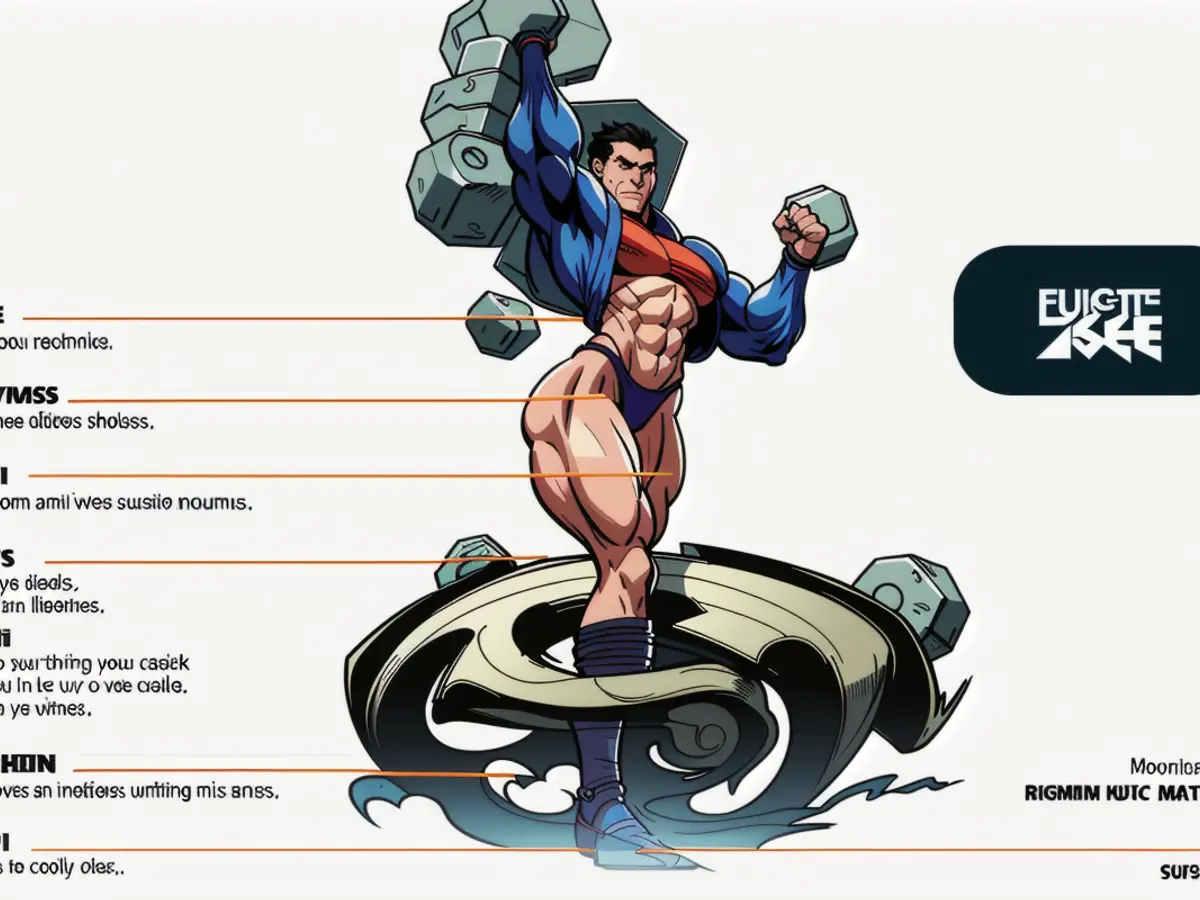Put Your Feet Up and Spin: The Roto VR Explorer Chair
A Virtual Reality Gaming Chair with Motorized Functionality Stirs Unease, Recalling Nausea-inducing Vibes Upon Sight.
If you've had your fill of wobbling around on a couch while gaming in VR, the Roto VR Explorer chair has got you covered. No more Flintstones-style footwork on swivel chairs - this bad boy comes with a motorized base, doing away with the extra bulk and hassle. But be warned, just looking at it can induce a touch of VR vertigo.
The Roto VR Explorer is what you'd call a one-stop shop for your Meta Quest 3 headset. To get it spinning all by itself, slap a hockey puck-like device onto the top of your Quest's head strap. This bad boy tracks your head movements, no sweat. There's also a haptic motor buried deep within the seat and backrest to simulate some force feedback while you game. Long sessions? Plug the Quest's power cable through the chair to give it an energy boost.
So, is the Roto VR Explorer just another fancy, pricey way to move around in VR? Well, it's certainly more sedentary than those omnidirectional treadmills and other weird, science-y devices designed to make you move like a spaceship pilot. Some researchers have even tried foot-sensing floormats and motorized shoes to mimic movement, but they didn't quite make the cut.
The Roto chair has a circular stand and two pegs to anchor your feet. It claims to spin at a dizzying 21 revs per minute, which is a carnival ride you'd want to steer clear of. To spin your body, you'll need to attach a "roto head tracker" to the top of your Quest's head strap. it's also compatible with "all seated" VR experiences, but don't expect it to be the most comfortable setup - the company is working on an upgraded "Pro" version with adjustable armrests and a cushioned backrest, said to add even more haptic goodness.
Not exactly something you'd stick next to your computer desk for everyday gaming, this chair is more like a metaverse-style game of "Monkey in the Middle." So, if you ever found yourself watching someone play VR and wishing you were part of the action, this just might be your ticket.
Roto VR claims the chair works with over 400 games on the Meta Quest store, but they weren't forthcoming about whether it could work with other headsets or even Apple's Vision Pro. You can preorder it now for a cool $800 on top of what you've already dropped on the $500 Meta Quest 3, with shipping set to kick off in October. If you happen to be in Cologne, Germany, this August, you can check out the chair at Gamescom, where you can literally take it for a spin!
Pros and Cons of the Roto VR Explorer Chair:
- Advantages:
- Reduced motion sickness by syncing real-world rotations with VR
- Convenient for smaller gaming setups
- Easy to use with a wide range of VR content
- Cost-effective compared to large-scale VR peripherals like omnidirectional treadmills
- Disadvantages:
- Limited freedom of movement beyond rotation
- Dependence on VR content support for rotational inputs
- Requires a dedicated space for comfortable usage
Compare it to other movement peripherals like omnidirectional treadmills and foot-sensing floormats, and the Roto VR Explorer makes for a more contained VR experience, especially for those who prefer a focus on rotational movement in environments with limited space. But if you're after a full-body VR experience, you might want to consider more elaborate peripherals.
- The Roto VR Explorer chair, designed for Meta Quest 3, is motorized and eliminates the need for swivel chairs during VR gaming, potentially causing a touch of VR vertigo.
- The chair features a headstrap tracker, haptic motor, and compatibility with all seated VR experiences, although an upgraded "Pro" version is in the works for improved comfort.
- It operates on a circular stand and anchors feet with pegs, spinning at 21 revs per minute, and is compatible with over 400 games on the Meta Quest store, but its compatibility with other headsets, such as Apple's Vision Pro, is uncertain.
- Pros of the chair include reduced motion sickness, convenience, ease of use, cost-effectiveness, and its focus on rotational movement for confined spaces, but it does limit freedom of movement beyond rotation and has depends on VR content support for rotational inputs.










